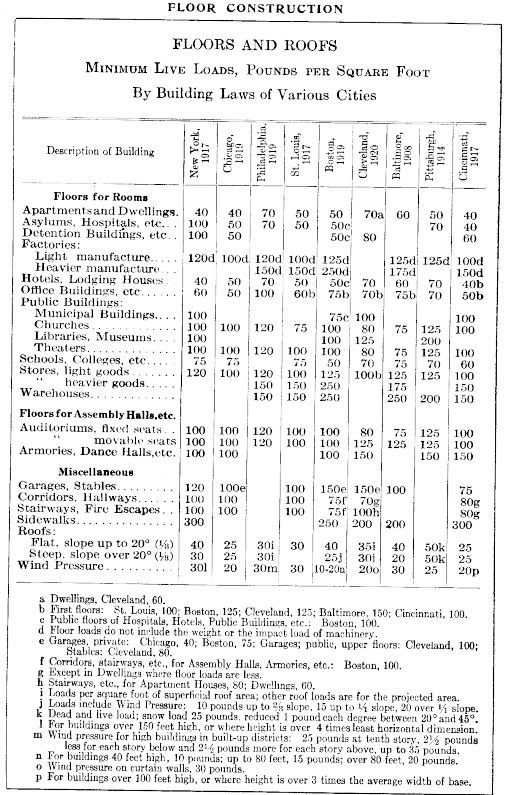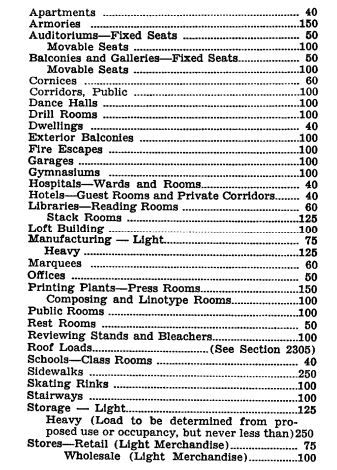gtmc
Structural
- Feb 28, 2024
- 2
I am looking for reference(s) that provide logic behind the magnitude of floor live loads provided in the building code. For example: How was it determined that corridor floor live load is 100 psf or hospital operating room is 60 psf and so on. Appreciate the help. Thx.


